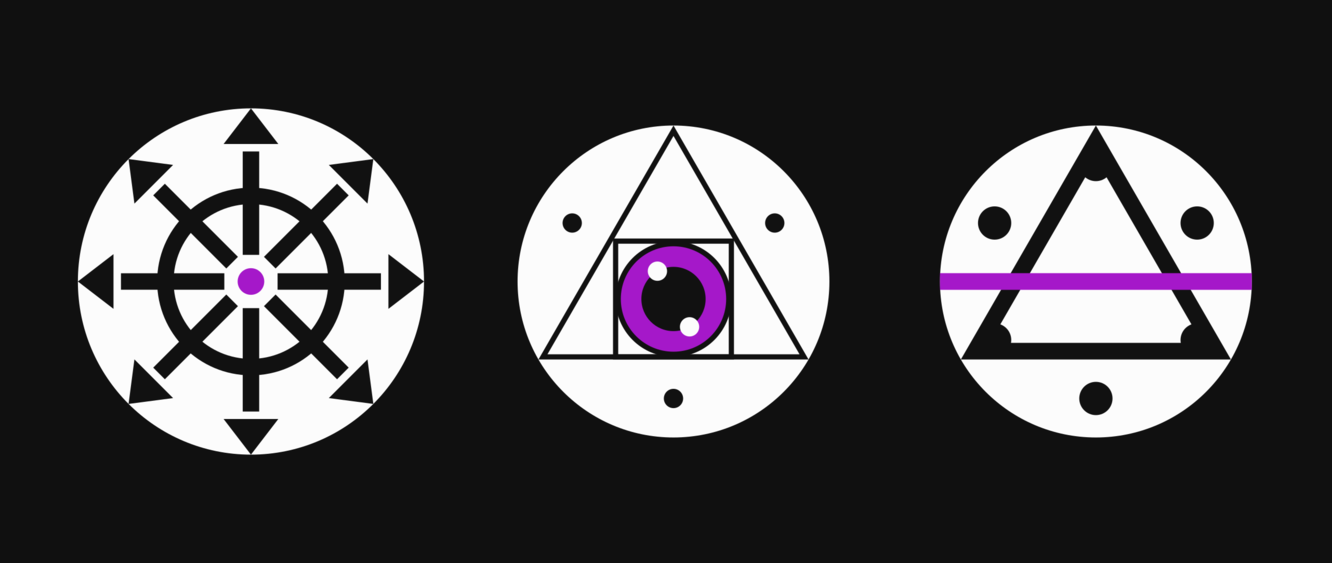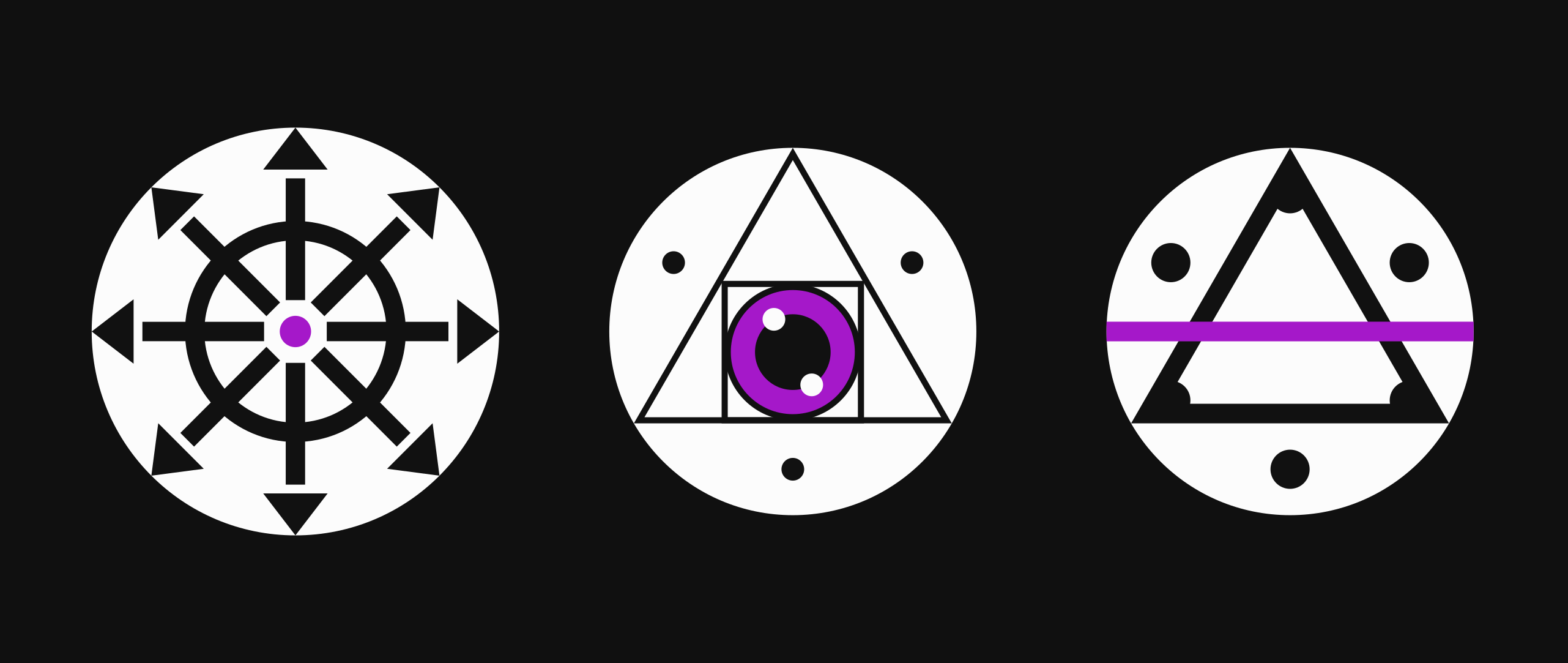
I woke up to see the @spritely campaign bar moved quite a bit overnight!
We're off to a really good start! But we've got a long way to go. If you're thinking of donating, we could really, really use your help!
@fleeky Coca cola released ai generated video ads. Adobe used ai art to advertise a tablet. This marker pen company tried to pass off ai generated images in their ads as though it was drawn with their pens. I see a lot of matrix spam with sketchy ai generated imagery.
@distributed So coool!
Social Reader is out!
@dripline This is a test reply
Tried generating APL but I think I can't trust any code that I can't audit :P
Might make more sense to practice my "write comments and prompt to convert to code" approach instead so I'm still the one "solving" and leave the syntax to the LLM.
At the same time, people are generally boring, admins are generally ethical, and snooping takes *work*. I've dug into the database to look at DMs once (?) in five years, and that was at the specific user's request. I've also been inside the surveillance capitalism sausage factory: corporate snooping is both far more invasive than most people realize, and also *ridiculously* lossy/noisy. We don't have the resources to fight a subpoena, but also no government has *bothered* to ask for our data.
@sarajw One way to check is to view the accessibility tree in your browser's devtools. It should show you the same structure a screen reader would see.
Maybe this year for #AdventOfCode I should use an LLM programming tool like Aider to solve the problems and see if it's able to do any of them.
tech ramble
One thing I like about the MST paper is the focus on sparse replication of CRDTs which I think is crucial to consider for any sort of distributed application that wants to do CRDTs for their data model with a large ish number of "documents" to modify. One thing MSTs don't help with is compaction of CRDT data to help deal with long histories. Unsure how one would best address that tho.
tech ramble
Bruh. Prolly Trees are just so much easier to use than Merkle Search Trees. Just the construction alone ends up being so much more simple.
Like, just reading the overview from Aaron Boodman is so much easier than the MST paper and construction/updating/reading is so much easier.
IMO ease + sequential reads are more important than "layers" being similar sizes and containing items.
MSTs are a step up from the CHAMP/HAMT craze though.
@GeeksLoveDetail I'm writing a report that involves doing Big O notation of various merkle trees and I'm hella rusty.
Tiny Privacy Tip 👁️🔒✨:
Biometric data is one of the
most sensitive type of data you have.
Why?
You cannot change biometric data like you can change a password.
If your password gets leaked,
you can change it easily 🔑🔑🔑🔑
If your email gets leaked,
it's a pain but you can change it ✉️✉️✉️
If your phone number gets leaked,
it's an even bigger pain but you still can change it 📞📞
But when your fingerprints, facial print, voice print, keystroke pattern get leaked?
It's game over ☠️
You cannot change any of these.
Ever.
You should be extremely careful about where you are sharing your biometric data and how it is protected.
For all biometrics,
preventive protection is vital.
- Pronouns
- they/them/it
- mauve+fedi@mauve.moe
- Matrix
- @mauve:mauve.moe
- Github/Gitlab/Discord
- @RangerMauve
Occult Enby that's making local-first software with peer to peer protocols, mesh networks, and the web.
Yap with me and send me cool links relating to my interests. 👍
